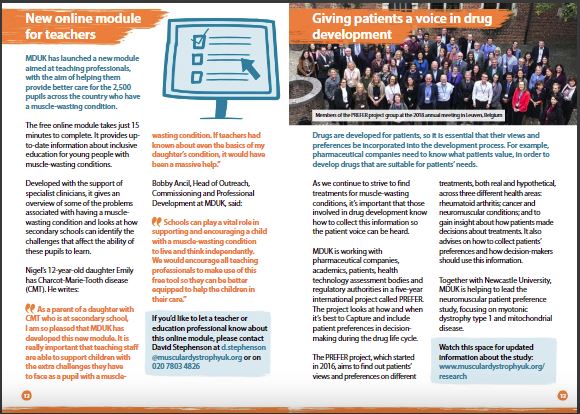Breathing is a huge and life threatening issue in myotonic dystrophy. An article recently shed some light on the reasons for this. Because of ethical issues its difficult to do live tests on humans. However, our fine researchers have created mice that have the congenital form of myotonic dystrophy. Through detailed analysis of the mice and there breathing they have isolated the issue to the neuropathology of several body systems. That means its not only the muscle issues but there are some nerve conduction issues involved as well. This information will help the drug companies as they design drugs to help not only the muscle issues but the nerves that serve to coordinate the breathing mechanisms. As a drug is introduced testing it on these mice would see if it will help the respiratory function.
Results from the Study
Because it is not feasible to take biopsies of the nervous system from
patients with DM1 for histological examinations, animal models are
indispensable for the study of the mechanisms underlying respiratory
failure in this disease. In this study, the authors test the respiratory function
and analyze the structures involved in respiratory function in DMSXL
transgenic mice, an established animal model for congenital DM1 (the severest
form of the disease, which develops at birth) that carries a very long CTG
repeat in the DMPK gene. Statistical analysis of breathing function
measurements shows that DMSXL mice have impaired respiratory function.
Histological and morphometric analyses reveal pathological changes in the
diaphragmatic neuromuscular junctions and muscle fibers of DMSXL mice and
a significant decrease in the number of unmyelinated phrenic afferents. By
contrast, DMSXL mice exhibit no significant neuronopathy in either cervical
phrenic motor neurons or brainstem respiratory neurons.
Implications and future directions
By shedding new light on the cellular mechanisms of respiratory failure in
DM1, these findings improve understanding of the main cause of death in
congenital DM1. The denervation and the pathological changes of the
diaphragmatic neuromuscular junctions observed in DMSXL mice suggest that
a breakdown in communication between the diaphragmatic muscle fibers and
the nerve endings might be the main cause of respiratory failure; the loss of
phrenic unmyelinated afferents suggests that altered regulation of breathing is
also involved. As well as contributing towards the understanding of respiratory
failure in DM1, these findings suggest that the evaluation of respiratory
parameters in DMSXL mice by non-invasive pressure plethysmography could
be used to evaluate the effect of potential therapies. Moreover, future analyses
of gene expression in DMSXL mice might contribute to our understanding of
the molecular mechanisms involved in respiratory impairment.

